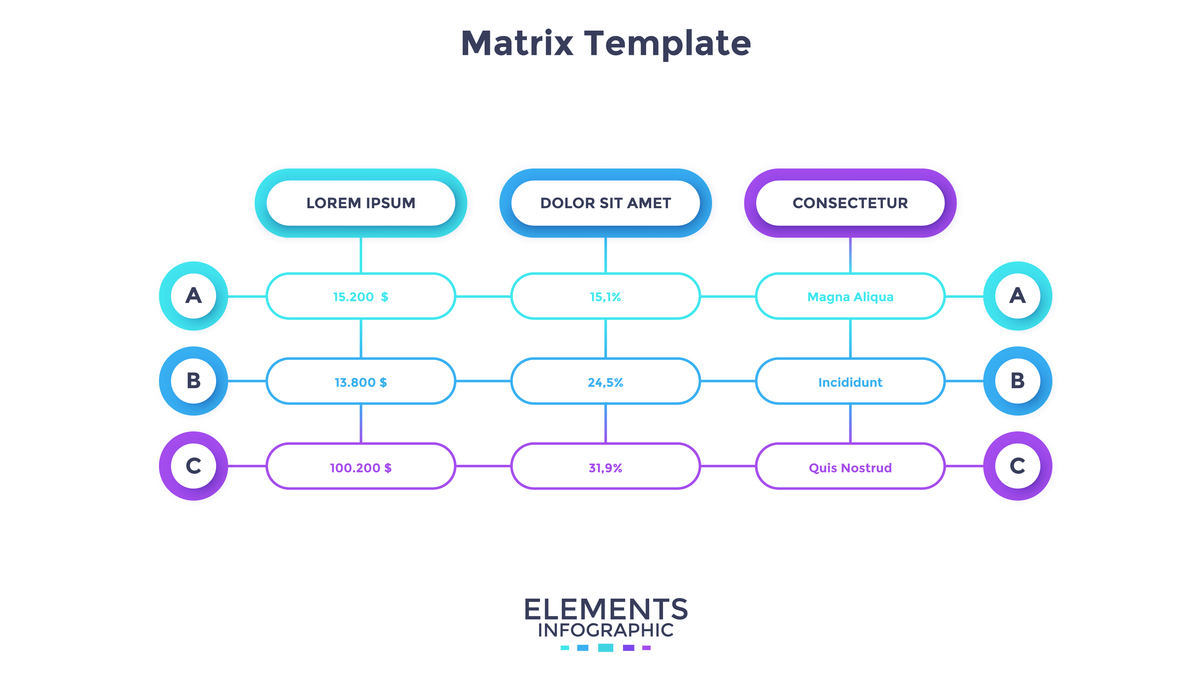RPC vs. gRPC: Key Differences and Benefits | Comprehensive Guide
RPC (Remote Procedure Call) is a communication protocol used for remote communication between different computers. RPC allows applications to invoke functions on remote servers as if they were local functions, simplifying the construction of distributed systems. It typically uses transport layer protocols such as TCP or UDP for communication.\n\ngRPC (Google Remote Procedure Call) is a high-performance, cross-language RPC framework developed by Google. It relies on HTTP/2 and Protocol Buffers for communication, supporting various programming languages like C++, Java, and Python. Compared to traditional RPC, gRPC has several key distinctions:\n\n1. Transport Protocol: gRPC utilizes HTTP/2 as its transport layer protocol. Compared to TCP or UDP often used by RPC, HTTP/2 offers superior multiplexing, flow control, and error handling capabilities.\n\n2. Serialization Protocol: gRPC employs Protocol Buffers as its default serialization protocol. Protocol Buffers is an efficient binary serialization framework, offering smaller data sizes and faster serialization and deserialization speeds compared to text formats like XML or JSON.\n\n3. Language Support: gRPC supports multiple programming languages and provides auto-generated client and server-side code. This enables seamless remote calls between different programming languages.\n\n4. Streaming Support: gRPC supports three streaming modes: bidirectional streaming, request streaming, and response streaming. This allows developers to handle large amounts of data more flexibly and implement real-time communication.\n\nIn conclusion, gRPC is a more efficient, flexible, and cross-language RPC framework ideal for constructing distributed systems and microservices architectures.

原文地址: https://www.cveoy.top/t/topic/pZRf 著作权归作者所有。请勿转载和采集!